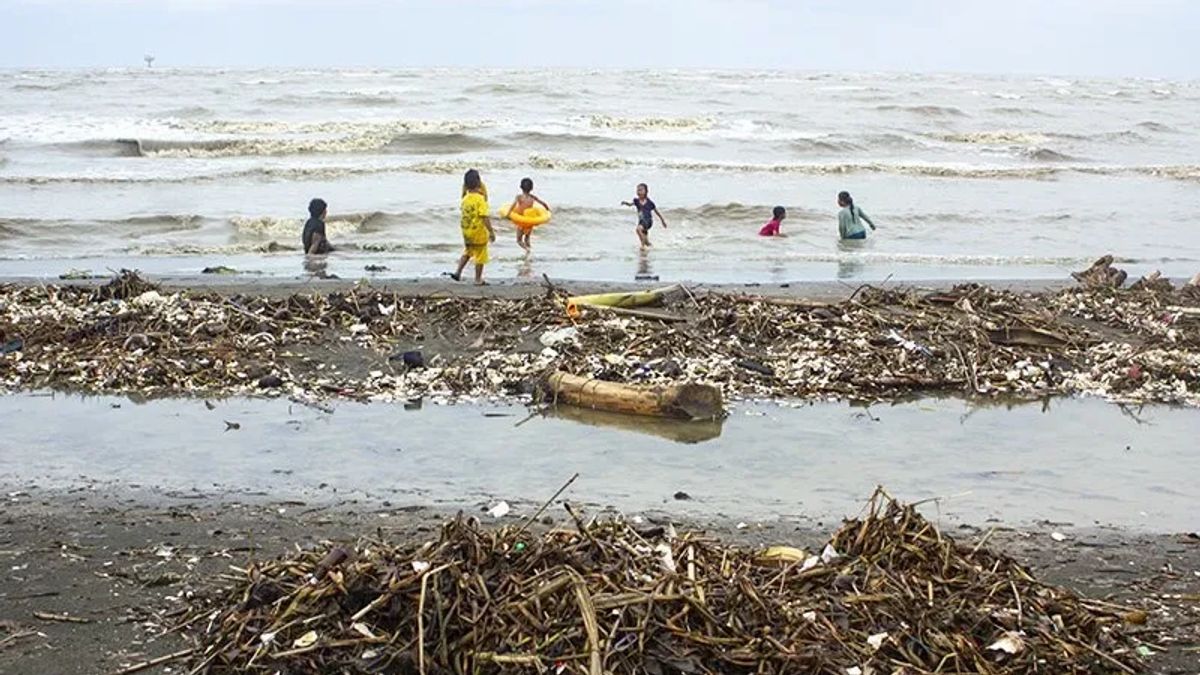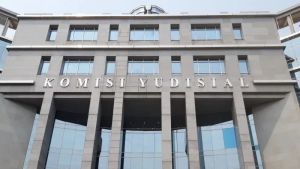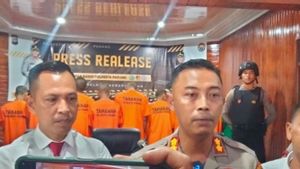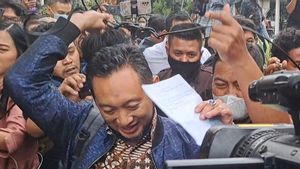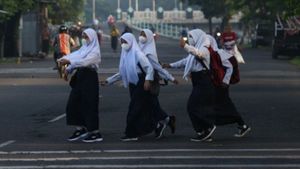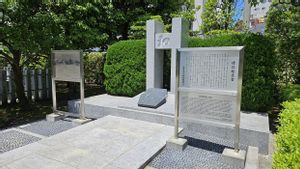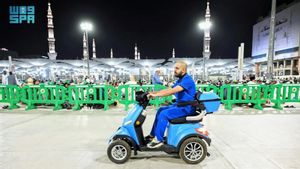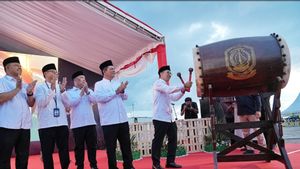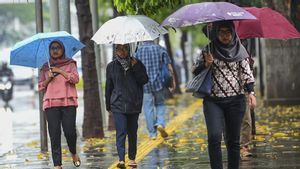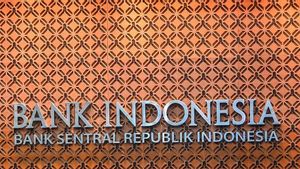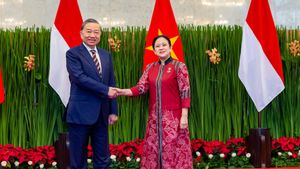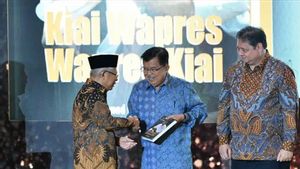JAKARTA - The Ministry of Environment and Forestry (KLHK) claims that Indonesia has succeeded in reducing 38 percent of marine debris thanks to efforts to handle from upstream to downstream. "In 2022 we managed to reduce 38 percent and we are still on the right track, in which there are 16 ministries/agencies synergizing with each other," said Director General of Waste Management, Waste and B3 of Ministry of Environment and Forestry Rosa Vivien Ratnawati in Jakarta, Tuesday, June 13, confiscated by Antara. The Indonesian government targets to reduce marine debris by 70 percent by 2025. Currently, about 80 percent of marine waste in Indonesia comes from the ground and of that amount 30 percent of it is plastic waste. Vivian said there are two large stakeholders in the upstream sector that produce waste, namely individuals and producers.
When talking about individuals, he continued, then talking to yourself must have a good mindset by reducing waste. According to him, each individual must think when they want to do activities, whether to produce waste or not. If able to reduce waste, it must be able to sort the waste between organic and inorganic.
VOIR éGALEMENT:
The Ministry of Environment and Forestry appreciates the 16 producers who have implemented the waste reduction as stated in the Minister of Environment and Forestry Regulation Number 75 of 2019. The producer sector is one of the most significant components to reduce waste.
Now Indonesia also has the Sea Waste Management Secretariat and Presidential Regulation Number 83 of 2018 concerning the handling of marine debris. "The way to deal with (sea debris) is that we have to synergize," said Vivien. KLHK stated that steps to overcome marine waste require handling with a legal and institutional framework in a comprehensive waste management process with effective implementation, including supervision in the life cycle of these plastic products. These regulations include more specific steps in order to deal with production, transportation, consumption, trade, and end-of-use treatments as well as their additive properties.
The English, Chinese, Japanese, Arabic, and French versions are automatically generated by the AI. So there may still be inaccuracies in translating, please always see Indonesian as our main language. (system supported by DigitalSiber.id)
